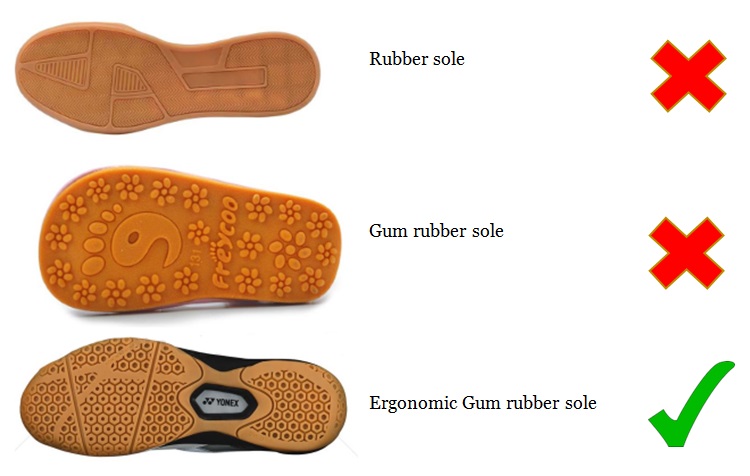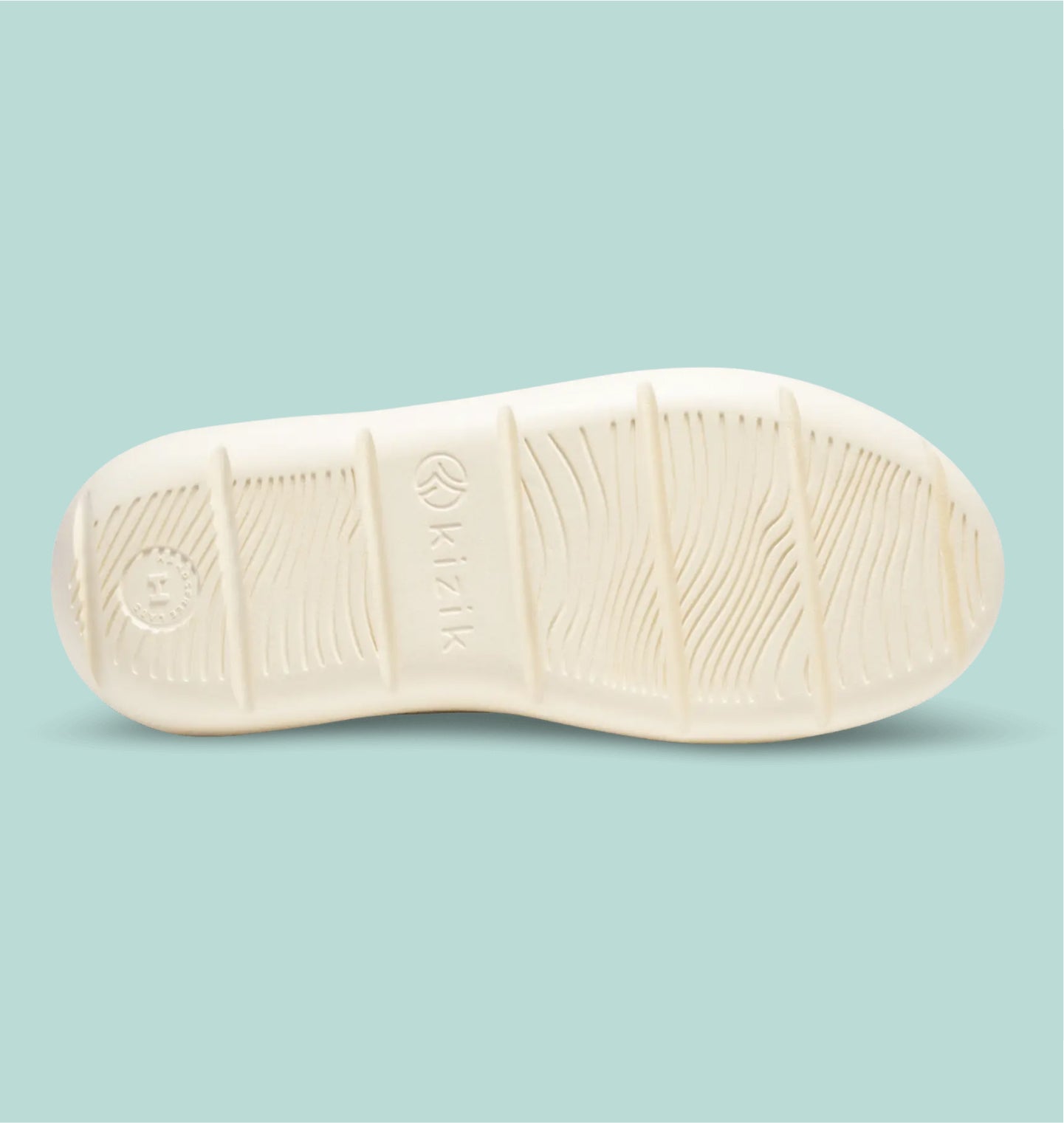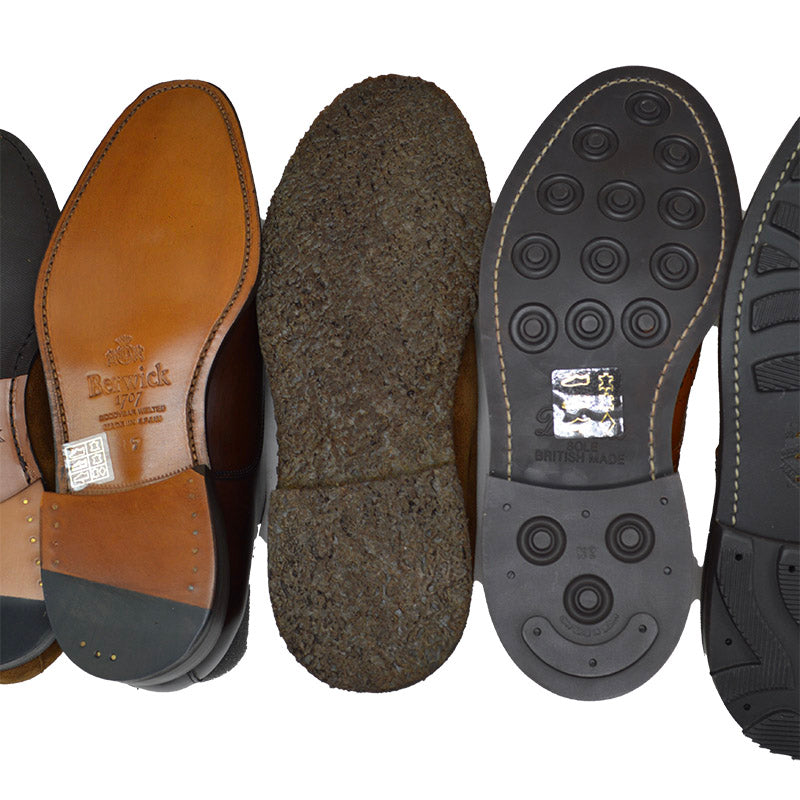The soles of shoes are more than just a functional feature; they play a crucial role in comfort, style, and performance. Whether navigating life in urban settings, hiking rugged trails, or attending a formal event, understanding the various types of shoe soles can significantly impact your footwear experience. In this article, we’ll explore everything you need to know about shoe soles, diving deep into their types, materials, care, and top product recommendations across the U.S. market.
What Are Shoe Soles?
Shoe soles are the bottom part of a shoe that comes into contact with the ground. They serve various functions, from providing traction to enhancing comfort and style. Typically, they consist of multiple layers, including the outsole, midsole, and insole. Each layer plays a unique role in the performance and comfort of the shoe.
Components of a Shoe Sole
- Outsole: The outermost layer that contacts the ground, made of durable materials for traction.
- Midsole: Positioned between the outsole and insole, it provides cushioning and support.
- Insole: The interior layer that sits directly under the foot, offering comfort and support.
Types of Shoe Soles
1. Rubber Soles
Rubber soles are the most common type of shoe sole found in various footwear, from sneakers to formal shoes. They are known for their durability, water resistance, and excellent traction.
Pros and Cons of Rubber Soles
| Pros | Cons |
|---|---|
| Highly durable | Can be heavy |
| Excellent grip | Not as breathable |
| Water resistant | May wear down on rough surfaces |

2. EVA Soles
EVA (Ethylene Vinyl Acetate) soles are lightweight, flexible, and cushiony, making them popular in running and athletic shoes. They provide excellent shock absorption, making them ideal for high-impact activities.
Pros and Cons of EVA Soles
| Pros | Cons |
|---|---|
| Lightweight | Less durable compared to rubber |
| Good shock absorption | Can compress over time |
| Flexible | Not suitable for rough terrains |

3. Leather Soles
Leather soles are often associated with high-end formal shoes. They provide a classic look and mold to the foot over time, offering comfort and style.
Pros and Cons of Leather Soles
| Pros | Cons |
|---|---|
| Elegant appearance | Can be slippery on wet surfaces |
| Breathable material | Requires regular maintenance |
| Durable with proper care | May not provide adequate cushioning |

Choosing the Right Sole for Your Needs
When selecting footwear, the sole type should align with your lifestyle and activities. For instance, if you’re an avid runner, opt for shoes with EVA soles for better shock absorption. On the other hand, consider rubber soles for everyday casual wear.
Activity-Based Sole Recommendations
| Activity | Recommended Sole Type |
|---|---|
| Running | EVA or rubber |
| Hiking | Rubber with deep treads |
| Formal Events | Leather |
| Casual Wear | Canvas or rubber |

Real-World Footwear Experiences
Many shoe enthusiasts have shared their insights on the differences in shoe soles through online forums and reviews. For instance, when comparing brands like Adidas and Nike, runners often prefer Nike for its EVA soles that provide superior cushioning. Meanwhile, Adidas’ Boost technology invokes rave reviews for responsiveness and comfort.
Case Studies: Popular Footwear Brands and Their Soles
Nike
Nike is renowned for its innovative sole technologies. The Nike Air Zoom Pegasus, equipped with EVA and Zoom Air units, has garnered high ratings for cushioning and responsiveness. According to a 2023 review from Runner’s World, it received a score of 9.5/10 for its performance, making it a top choice among runners.

Adidas
The Adidas Ultraboost, featuring Boost midsole technology, is celebrated for its unparalleled comfort and energy return. With a rating of 9/10 from Footwear News, it has become a favorite among both casual joggers and serious runners.
New Balance
New Balance’s Fresh Foam line emphasizes cushioning and support. Fitness enthusiasts recommend the New Balance 1080 for its plush midsole, which received a commendable 8.5/10 rating from Runner’s World for long-distance running.

Care and Maintenance of Shoe Soles
To prolong the life of your shoe soles, proper care and maintenance are essential. Here are some tips:
- Regular Cleaning: Wipe down rubber soles with a damp cloth. For leather, use a specialized cleaner.
- Use Shoe Trees: They absorb moisture and help maintain shape.
- Avoid Excessive Water Exposure: Try to keep leather soles dry to prevent damage.
FAQs About Shoe Soles
What is the purpose of shoe soles?
Shoe soles provide grip, support, and comfort while protecting the foot from elements and impact.

How do I know which sole suits me best?
Your choice should depend on your activity level and personal comfort. For high-impact activities, opt for cushioned soles like EVA.
Can shoe soles be replaced?
Yes, many types of soles can be replaced or repaired. This is common with leather shoes, where resoling can extend the life of the footwear.
Are there eco-friendly shoe soles available?
Yes, brands are increasingly offering shoes with soles made from recycled materials or natural rubber, focusing on sustainability.
How can I tell if my shoe soles need replacing?
Look for excessive wear on the treads, cracks, or loss of support. If you feel discomfort while walking, it may be time for new soles.
What is the best material for outdoor shoes?
Rubber soles are recommended for outdoor shoes due to their durability and traction on various surfaces.
Are leather soles worth the investment?
If you prioritize style and longevity in formal shoes, leather soles can be a worthwhile investment with proper care.
How do I clean rubber shoe soles?
Clean rubber soles by scrubbing with soap and water, or use a mixture of baking soda and water for tougher stains.
What are the benefits of wearing cushioned soles?
Cushioned soles absorb shock, reduce foot fatigue, and enhance comfort, especially during high-impact activities.
Which brands offer the best shoe soles?
Top brands known for quality shoe soles include Nike, Adidas, New Balance, and Asics, each offering unique technologies to enhance comfort and performance.
Do I need special shoes for different activities?
Yes, using activity-specific shoes with proper soles can greatly enhance comfort, performance, and safety.
In conclusion, understanding the various types of shoe soles and their characteristics can help you make informed decisions for your footwear needs. Whether you’re a casual wearer or a performance athlete, the right sole can elevate your shoe experience to new heights. Always consider your activity requirements and personal comfort when selecting your next pair of shoes, and don’t hesitate to refer back to this guide as you explore the vibrant world of footwear. Happy shoewear!